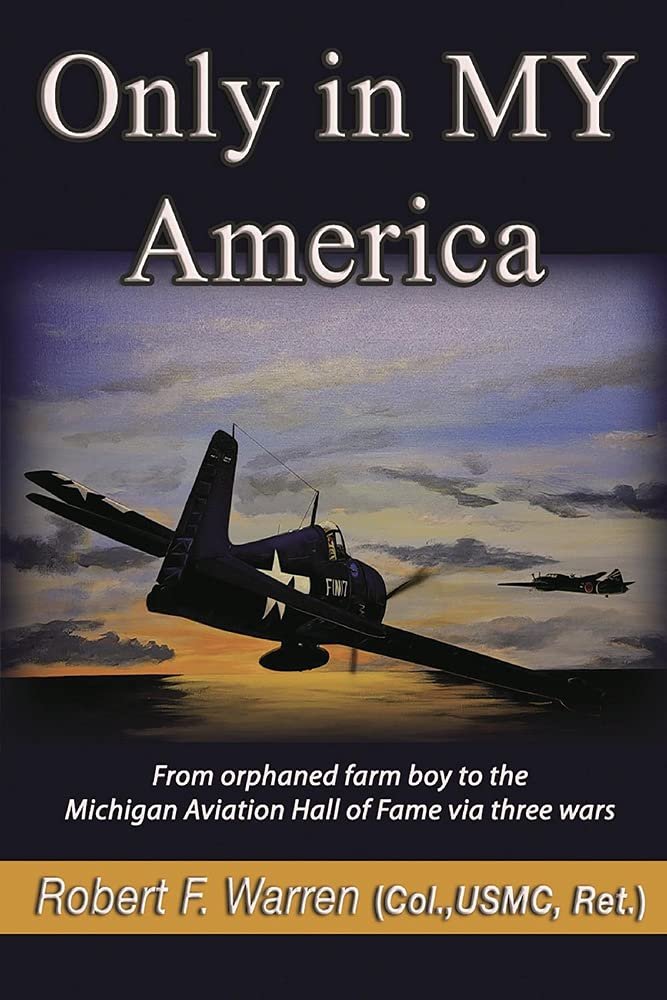
As an author and historian who has studied and written about Colonel Sidney Mashbir, it was my good fortune when Marine Colonel Robert Warren and his son Marine Captain William Warren contacted me three years ago in 2018 to discuss their close friendship with Colonel Mashbir decades earlier.
During the years leading up to and during World War One, Mashbir had taken a pivotal role in maintaining US homeland security against foreign enemy agents. During WWII, Mashbir headed a top-secret intelligence gathering organization for the Allies that greatly shaped military strategy in the Pacific theater of war. Mashbir met and shared this information with General Douglas MacArthur on a daily basis throughout the war. MacArthur five times recommended Colonel Mashbir be promoted to Brigadier General, but political differences following WWII, resulted in Colonel Mashbir never getting that deserved promotion. To learn more about Colonel Mashbir, fascinating exploits, you’re invited to explore this website TheEmperorAndTheSpy.com when you get the opportunity.
Robert and William Warren, both being younger than Mashbir, were inspired and influenced by Colonel Mashbir’s dedication to the United States of America. Colonel Mashbir was likewise impressed by the heroic military careers of Robert and William Warren and their dedication to their nation. William and Robert were interviewed and generously shared various personal and historical insights about their friend Sidney Mashbir. They also shared some fascinating photos linked to Mashbir’s career.
Both Colonel Mashbir and Colonel Warren had a mutual interest in military aviation – Colonel Mashbir designed the first sonar-guided blind-landing aviation guidance system for the military. And anticipation of the potential outbreak of WWII, Mashbir took a pivotal role in guiding the US industrial production of essential Naval aviation equipment and supplies during the decade prior to WWII.
BELOW IS A DESCRIPTION OF COLONEL ROBERT F. WARREN’S IMPRESSIVE AUTOBIOGRAPHY:
This is the engaging life story of a decorated United States Marine Corps aviator, who served with distinction in World War II, Vietnam and Korea. Colonel Robert F. Warren is the only Marine aviator who has commanded both a Marine Helicopter Squadron and later a Marine Jet Attack Squadron. Along the way, Colonel Warren earned three Distinguished Flying Crosses, the Legion of Merit with Combat “V” and many other awards in recognition of his heroism and achievements in aerial flight, and his significant contributions to the success of the United States Marine Corps.
Born in Riverside, MI and raised in nearby Coloma, MI after being orphaned by the death of his mother, and the absence of his father, Bob was later adopted by family members. Separated from his older brother, they would both grow up to be pilots – Bill a pioneer in commercial aviation, and Bob a career military pilot.
Bob joined the Navy Flight Training Program in August, 1942. He received his Naval Aviator Wings and Marine Corps 2nd Lieutenant commission at the age of 19. He trained to be a night fighter pilot at Vero Beach, FL in 1944.
In 1945, during World War II, Bob fought as a Marine night fighter pilot during the Battle for Okinawa, and he was awarded the Distinguished Flying Cross for “heroism and extraordinary achievement in aerial flight”.
Warren instructed Marine fixed-wing pilots transitioning to helicopters, at the outbreak of the Korean War, as part of Helicopter Experimental Squadron One in Quantico, VA (HMX-1). He was one of three original officers assigned to Helicopter Squadron 161 (HMR-161); the first U.S. Military all-helicopter squadron, commissioned in January of 1951. Seven months later, HMR-161 embarked on the USS Sitkoh Bay (CVE-86) for Korea.
Warren was a pioneer helicopter pilot during the Korean War, designing and manufacturing external sling hoists and quick releasing cargo hooks, in the machine shop on board the Sitkoh Bay, en route to Korea. In Korea, HMR-161 was located farther into North Korea than any other U.S. or South Korean force.
Warren participated in Operations Windmill I and II, the first time entire front line battalions were relieved in place, completely by helicopter. Warren was awarded a second Distinguished Flying Cross for Operation Blackbird, a combat operation executed in complete darkness. It was considered the most dangerous mission during the squadron’s entire Korean combat tour. Warren was awarded a third Distinguished Flying Cross for his heroic efforts to rescue a downed pilot forty miles behind enemy lines.
After 14 years of helicopter flying, without an accident, Warren transitioned to flying swept-wing jets. He was assigned as Commanding Officer of a A-4 Marine Attack Squadron 331 (VMA-331). Colonel Warren served a thirteen month tour with distinction in Vietnam. Returning to CA, he commanded a Marine Air Group at MCAS, Tustin.
Warren retired in September, 1969 after more than 27 years of military flying. Between 1981 and 1987, Warren was recalled to active duty six times, to serve at the Pentagon on an Advisory Committee on Retired Personnel.
Below are some additional fascinating historical materials and information linked to the military career of Robert Warren:
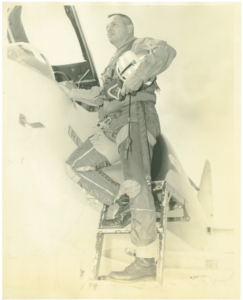
1965: Colonel Robert F. Warren VMA 331 CO.
Below is the jet linked to Colonel Robert F. Warren:

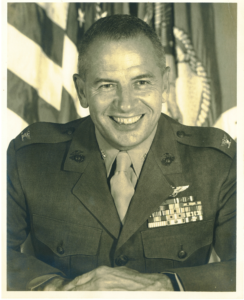
1969: Colonel Robert F. Warren.
Col. Robert F. Warren was honored into the Michigan Aviation Hall of Fame on May 21, 2011. This hall of fame is part of what is known as the Air Zoo, which described below:
About the Air Zoo
The Air Zoo is a highly charged, multi-sensory atmosphere that goes beyond anything you’ve ever seen. It’s like no place else on Earth!
The Air Zoo, founded as the Kalamazoo Aviation History Museum, is an aviation museum and indoor amusement park next to the Kalamazoo-Battle Creek International Airport in Portage, Michigan. The Air Zoo holds many historical and rare aircraft, including the world’s fastest air-breathing aircraft, the SR-71B Blackbird. Many of its antique planes are airworthy. Among its other attractions are a 180-degree Theater that projects a 4-D simulation of a B-17 bombing mission during World War II. There are also various amusement park-style rides, including Full-Motion Flight Simulators of a rocket trip to Mars, U.S. Navy F/A-18 Hornets, a stunt biplane, a hot air balloon, and more. Air Zoo is a Smithsonian Affiliate.
https://www.airzoo.org/
Voted the “Best Place to Take Out-of-Towners” and “Best Place to Spend a Day with Your Family” three years in a row, offering historical exhibits and educational activities.
Our Mission is to preserve the legacy of flight for present and future generations.
Our Vision is to be the number one aviation museum in the world.
Our Pledge is to provide the best experience possible to everyone, every time.
The below biographical material comes from the Michigan Aviation Hall of Fame:
Colonel Robert F. Warren, USMC, Retired
1923-
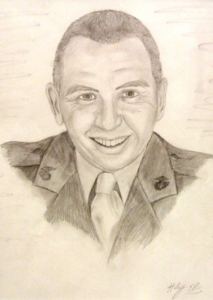
Colonel Robert F. Warren was born in Benton Harbor, Michigan in 1923 and went on to join Helicopter Experimental Squadron One in Quantico, Virginia where he instructed marine fixed-wing pilots transitioning to helicopters at the outbreak of the Korean War. Warren was one of three original officers assigned to Helicopter Squadron 161 (HMR-161), the first U.S. Military all-helicopter squadron.
Seven months after receiving its first helicopter, HMR-161 embarked on the USS Sitkoh Bay for Korea. Using the ship’s machine shops on route to Korea, Warren helped design and manufacture external sling hoists and quick-loading external cargo hooks which became the norm for helicopter operations for years to come.
Warren was awarded a Distinguished Flying Cross for Operation Blackbird, a night combat operation executed in complete darkness and considered the most hazardous by HMR-161 during its entire Korean combat tour.
On February 8, 1952, he rescued a downed pilot 40 miles behind enemy lines for which he was awarded a second Distinguished Flying Cross. In 14 years of helicopter flying, he never had a single accident, although he experienced complete engine failure twice. Both times he auto rotated to a safe landing.
Back in the U.S., Warren was promoted to major and selected as aide-de-camp to Medal of Honor winner General Christian Schilt, USMC. Upon Schilt’s retirement in 1957, Warren returned to Santa Ana where he joined HMM-363. He was in charge of a three helicopter special mission which transported President Dwight Eisenhower from the San Francisco International Airport to the Presidio.
In the U.S., he was promoted to lieutenant colonel and served as a helicopter tactics instructor in the Marine Corps Command and Staff College in Quantico for the next four years. He was then transferred to the Marine Corps Air Station in Beaufort, S.C. to transition to flying fixed-wing jets. Upon completion, he was assigned as commanding officer, Marine Attack Squadron-331 (VMA-331). Warren is the only pilot to have commanded both a Marine Corps helicopter squadron (HMH-363) and a Marine Corps jet attack squadron (VMA-331).
In June of 1968, he returned to California in command of a Marine helicopter air group comprising seven squadrons and more than 5,000 Marines. He retired in September, 1969 after 27 years of active duty flying. From 1981 to 1987 he was recalled to active duty and ordered to the Pentagon six times to serve on an advisory committee for the Secretary of the Navy.
Col. Robert F. Warren was enshrined into the Michigan Aviation Hall of Fame on May 21, 2011.
___________________________________

Currently available as an EBook.
Print Edition available October 1, 2021, but can be pre-ordered.
Being a new release, please consider sharing a book review with Amazon, Barnes & Noble and Goodreads – Thank you.
This BLOG POST presents Robert Warren and William Warren’s personal memories of their secret agent friend Sidney Mashbir, someone they both highly respected.
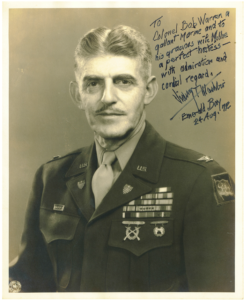
Another BLOG POST highlights Colonel Kelvin Bailey, a mutual friend of Colonel Mashbir and Colonel Warren, who after retiring from his distinguished military aviation career, became the personal/corporate pilot for Walt Disney.
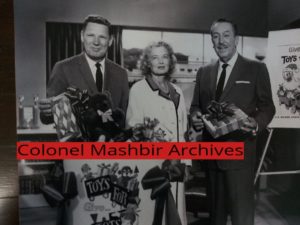



Leave a Reply